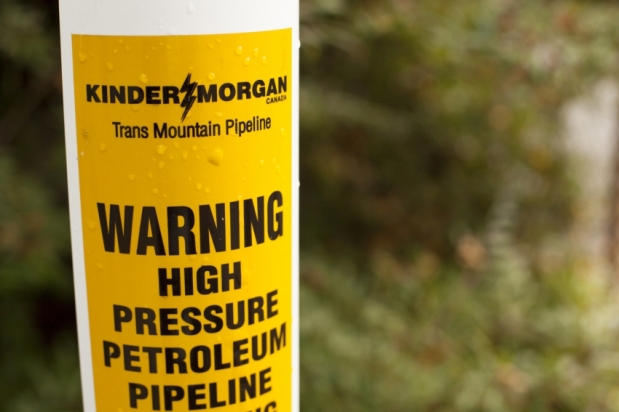A bungled correction to a Globe and Mail article reveals that the intent was to publish a puff piece on the oil sands, not an objective analysis of the future of bitumen production in the face of serious climate change mitigation.
Just over two weeks ago, I wrote a piece critical of an article in the Globe and Mail: Environmentalists should end the charade over the oil sands, written by Martha Hall Findlay and Trevor McLeod. I also contacted the editor at the G&M to alert him/her of the errors in the piece. I revisited the G&M article recently and found the following note at the bottom.
Eds Note: This version clarifies references to the IEA’s outlook for oil to 2040.
I didn’t keep a copy of the entire original article, so I can’t be sure of all the updates they made, but I did cite the problematic first paragraph of the original piece (the words that were later removed are marked with a strikethrough):
The story starts with global energy forecasts. Even if there is very aggressive adoption of electric vehicles and renewable energy technologies – which we wholeheartedly support – the world will use more oil each year through at least 2040. According to the International Energy Agency (IEA), if the world goes beyond the aggressive commitments made in Paris and achieves the 2C global goal, then oil demand would fall
by2040. Yet, oil demand will remain high for years afterthat.
The “clarified” version follows, with text underlined
The story starts with global energy forecasts. Even if there is very aggressive adoption of electric vehicles and renewable energy technologies – which we wholeheartedly support – most forecasts, including two of the three International Energy Agency (IEA)’s scenarios, predict that the world will use more oil each year through at least 2040. According to the IEA’s third forecast, even if the world goes beyond the aggressive commitments made in Paris and achieves the 2C global goal, which many analysts doubt, then oil demand would fall before 2040. Yet, even in that most aggressive scenario, oil demand will still remain high for years after 2040.
I suppose it’s fairly standard for newspapers to try to save face by claiming to “clarify” rather than “correct” a piece. However, in this case they also introduced new errors and added confusion. Continue reading







 On Sunday November 22nd, 2015, Alberta’s new centre-left Premier, Rachel Notley, announced that the province would be introducing an economy-wide carbon tax priced at $30 per tonne of
On Sunday November 22nd, 2015, Alberta’s new centre-left Premier, Rachel Notley, announced that the province would be introducing an economy-wide carbon tax priced at $30 per tonne of 
